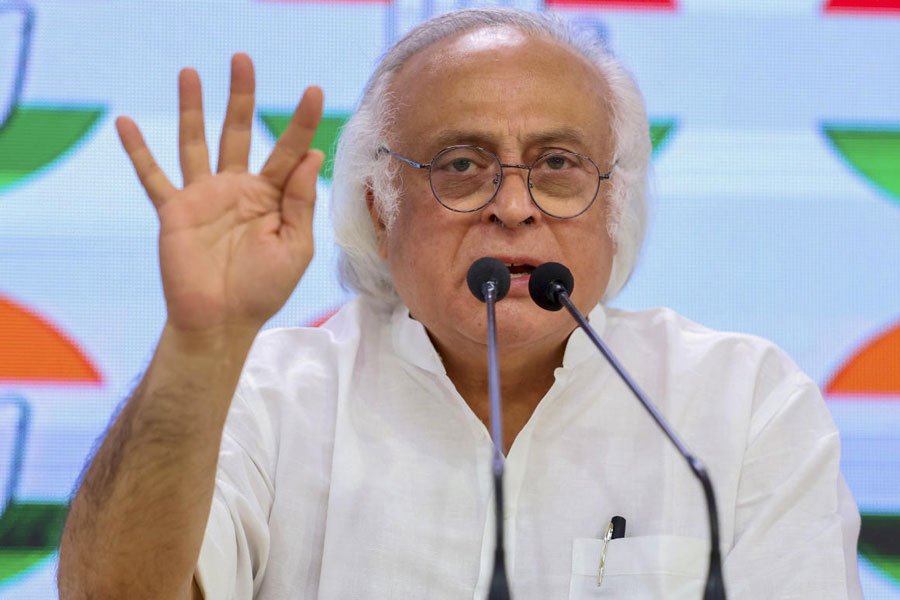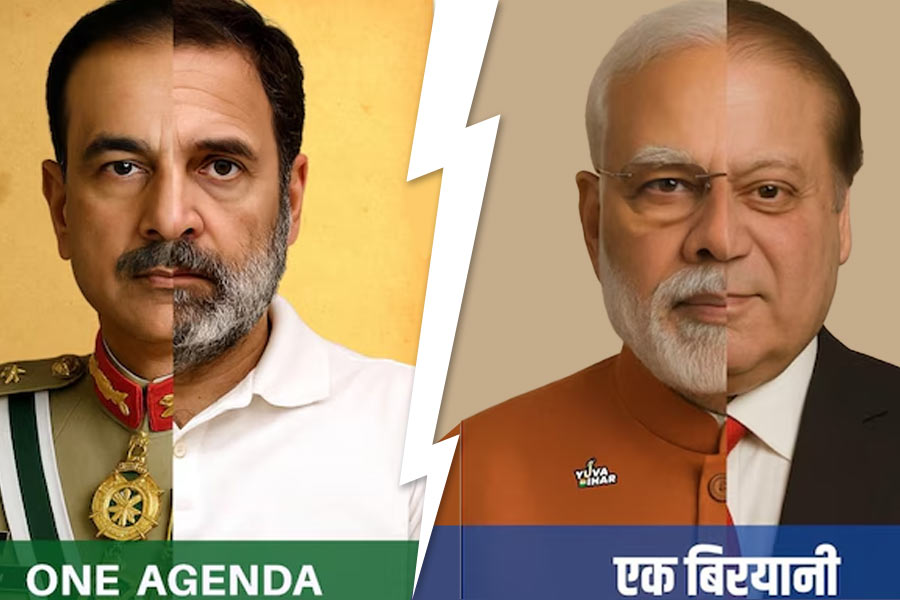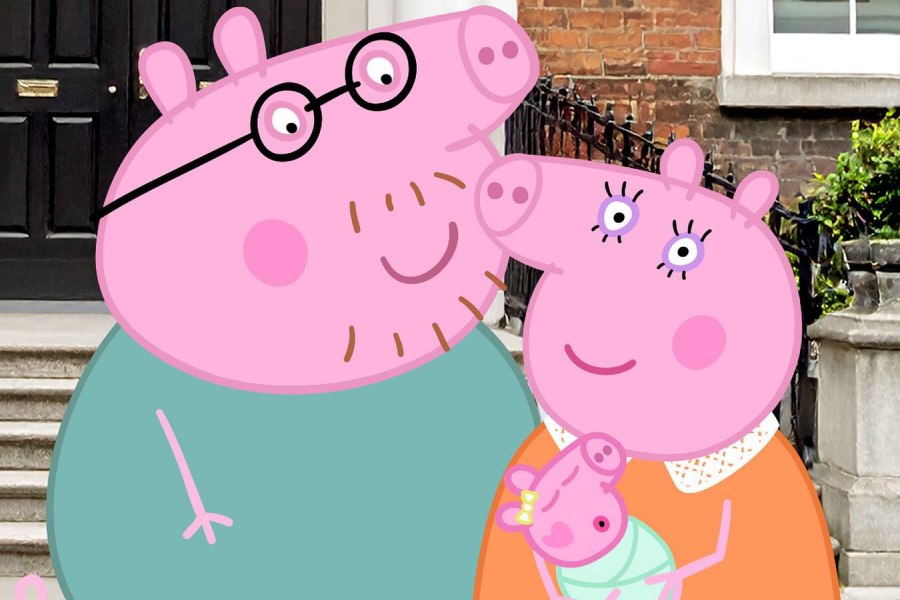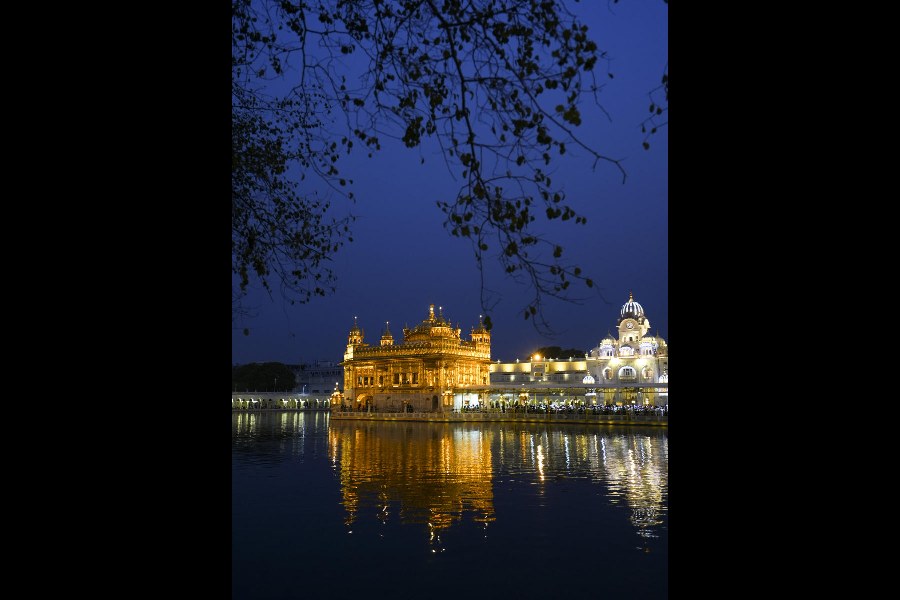 |
| Artistes sing Chaiti Holi folk songs at a function in Bhagalpur. Picture by Amit Kumar |
Bhagalpur, March 15: A rapid change in lifestyle has not only hit social values but has also emerged as a potent threat for age-old folk traditions.
Many folk songs have become a thing of past. Traditional Chaiti Holi songs like “Kanahiya ghor gulal, Radha rang vera Kanahiya…..” or “ Goriya butadar, kahaba rangbalu chunariya……” have almost been forgotten.
“These folk songs were the essence of the festival of colours. People not only enjoyed the old songs but the numbers ushered in the right mood for Holi. Unfortunately, modern songs that replaced the old ones, are more a farce than melody,” social worker Sashi Shanker said.
Invaded by strong influence of western art and culture, the busy modern lifestyle has cast a shadow over traditional age-old indigenous cultures. Social scientists based in Bhagalpur, however, blamed the lack of effort to preserve the rapidly vanishing old traditions.
Along with Chaiti Holi songs, Kazri and Ropni songs by rural women during re-plantation of paddy in rainy season, folk songs during Durga Puja, Behula-Bishari folk songs, sung in rural pockets of Bihar on the occasion of Bishari Puja, Kanwariya folk songs by pilgrims on their way to Deoghar during the month-long Shravani Mela, the folk songs sung during weddings at Anga Pradesh (consists of districts of eastern parts of Bihar and Santhal Parganas division of neighbouring Jharkhand) are all falling silent, say folk music researchers.
They believe rapid transformation to modern lifestyle is reason behind the death of the tradition.
Chaiti folk songs are sung during spring (from February) to welcome the season, which brings in a lot of greenery around. “Anga Pradesh misses Chaiti songs but many still remember the old tracks,” said Niraj Kumar, a social worker based in Bhagalpur. According to folk music experts, women in groups use to sing folk songs to appease the deity and the nature, in the villages.
“Earlier, the Behula-Bishari folk song and preparation of Manjusa (a handicraft work with folk painting) started ahead of the Bishari Puja. But that has taken a downward trend,” said Bhusan Lal, a resident of Bhagalpur.
Arbind Kumar Yadav, a folk singer, recalling the famous folk artistes of the region like Nityanand Bhagat, Vivekanand Thakur, Bisheshwar Paswan, said the folk songs are irrelevant today because people have no interest in them.
Many believed invasion of technology and other socio-economic changes have killed the residents’ interest in folk music. R.N. Lal, a retired professor of TNB College, said the lackadaisical attitude of policy makers is responsible for the death of this art form. “Hindi Sahitya Academy, Patna has never shown interest to provide its patronage to this age-old custom. Despite having the old manuscripts, it never initiated to publish the folk songs,” he said.
Nabin Roy, district deputy manager of National Agriculture Bank for Rural Development (Nabard), however, said Behula-Bishari folk songs and Manjusa works fail to provide livelihood for the rural artistes.
“In absence of any income-generating opportunity from this art, rural folks have started to adopt other professions,” Roy said.
He said Nabard had earlier sanctioned Rs 21.9 lakh under the Rural Innovation Fund Project for rural artistes engaged in folk songs and Manjusa works. According to him, Nabard has started documenting episodes of Behula-Bishari Puja to make a digital form of the tradition.











